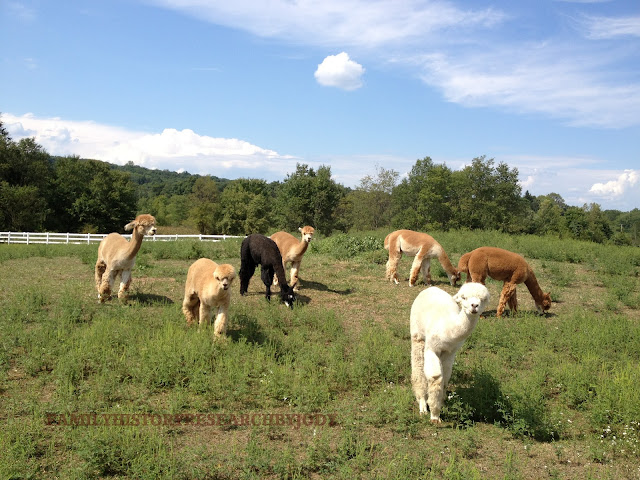DNA and genealogy has made national headlines!
President Barack Obama is descended through his "white" mother from one of the first African slaves in Virginia, John Punch. The report was issued by Ancestry.com,
which you can read here. Then head over to The
New York Times article by Sheryl Gay Stolberg. The line of descent was established through document-based research as well as Y-DNA testing. Let me explain.
President Obama's Y-DNA was not tested for this proclamation. If you are not a direct male descendant of the ancestor in question, you need a relative
who is a direct male descendant to take the Y-DNA test. The President's line of descent from John Punch is through his mother, so we know right away that the direct male line from John Punch to President Obama was broken somewhere.
Biology lesson: You have 23 pairs of chromosomes- one from each parent. The 23rd pair determines sex. Women have XX as their 23rd pair while men have XY. The Y chromosome passes from father to son almost unchanged. This is useful in genealogy for tracing direct male lines, especially because children in the United States usually use the surname of their father. This is why only a man can take a Y-DNA test and why you see
Surname Projects. [For clarification, males and females can take autosomal DNA tests to capture DNA inherited from all ancestors.]
The New York Times article introduces us to Mark Bunch, a "fifth cousin twice removed" of the President. Fifth cousins have a common set of 4th great grandparents. "Twice removed" means that one line is two generations earlier or later than the other. Follow the link provided by the New York Times and you will arrive at the
Y-DNA chart for the Surname Project Bunch. [John Punch's descendants altered the name to Bunch.] Y-DNA is categorized into haplogroups based on the migratory patterns of humans tens of thousands of years ago.
The top haplogroup for Bunch is E1b1a, which is found predominantly in Africa, hence the claim that President Obama has African descent through his mother. Most participants at the Bunch Y-DNA site share almost identical Y-DNA. A mutation can occur in any generation. Over time, when enough mutations occur, a new haplogroup arises; hence, we are able to trace migratory patterns of humans for hundreds of thousands of years.
The E1b1a African paternal haplogroup of direct male descendants of John Punch is consistent with written records that he was of African origin. Conversely, you can be of African origin but have a "European" haplogroup. The haplogroup is determined by one line of ancestry only and tells us nothing about any other ancestor.
The nearly identical results of analysis of the participant's Y-DNA indicates that all of their direct paternal lines merge at some point back in history. Each participant lists the most distant direct male ancestor, which is discovered by document-based research. Please note in the Bunch Y-DNA chart names of ancestors whose surname was not Bunch. This can be caused by children not carrying their father's surname, or a name change, or a "non-paternal event."
To trace back to a Bunch ancestor in
President Obama's line, you must travel through six generations of women. President Obama's most recent male ancestor with the surname Bunch was Nathaniel, born 1793 in Virginia, and died 1859 in Arkansas. The President is descended through Nathaniel Bunch's daughter, Anna, hence breaking the Y-DNA path. To obtain the Y-DNA of this Bunch line, we need to turn to a direct male descendant along this same line. Mark Bunch, the President's fifth cousin twice removed, is descended from Nathaniel Bunch's brother Charles Bunch down a direct male line and thus carries the Bunch Y-DNA. Charles Bunch and Mary Bellamy, the parents of Nathaniel and Charles, were the most recent common ancestors of President Obama and Mark Bunch. This couple was the 4X great grandparents of Mark Bunch and the President's maternal grandmother, making Mark Bunch and the President fifth cousins, twice removed. [Note: Mark Bunch confirmed this relation in an email to me.]




























